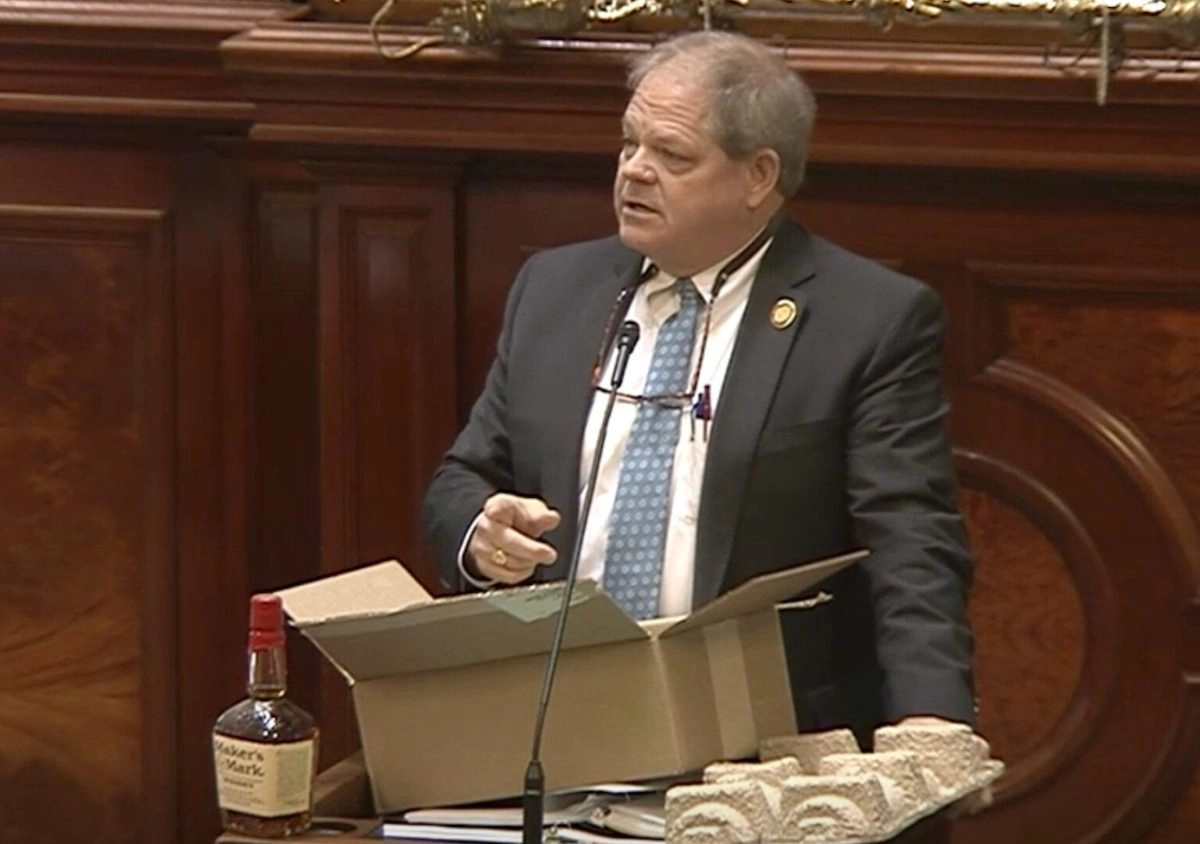By Skylar Laird
SCDailyGazette.com
COLUMBIA — So-called “forever chemicals” have been found in about half the private wells tested by South Carolina’s environmental agency, making them potentially less risky than water flowing into faucets from public supplies, according to data released Friday, Feb. 9.
For the past year or so, the Department of Health and Environmental Control has been testing private wells along with larger sources of drinking water for per- and polyfluoroalkyl substances, often abbreviated to PFAS or referred to simply as “forever chemicals” because they remain in the environment for centuries.
The federal Environmental Protection Agency announced last year that it had plans in the works to regulate the chemicals for the first time. The agency has yet to finalize those regulations, which would cap what proportion would be allowed in drinking water supplies. Prolonged exposure to high levels can cause cancer.
Of the 350 wells the state department has sampled, 155, or 47%, contain at least some level of forever chemicals. Sixty — or fewer than one in five — had more than the 4 parts per trillion that would be allowed under proposed federal guidelines, and seven of those wells had more than 10 times the proposed proportion.
The state Department of Health and Environmental Control did not release details on the wells’ locations.
But their numbers are significantly lower than the amounts of forever chemicals the department has detected in surface water drinking supplies, which carry water to residents in all the state’s major cities. In 2020, the most recent data available, the department found traces of the chemicals in 34 of the state’s 44 surface water systems, or 77%, to varying degrees.
Using $10 million from the state designated in 2022 for programs related to the chemicals, the department has focused on parts of the state expected to have more contamination because of soil types and other environmental factors. Places like the Sandhills and the Piedmont regions are particularly at risk, said state environmental risk specialist Ray Holberger.
The agency will test private wells for free if the owner fills out an online form.
Knowing where the state has higher levels of the chemicals will help the environmental agency determine where it needs to start clean-ups, said Jennifer Hughes, who oversees the agency’s water bureau.
Complicating the process is the fact that forever chemicals are invisible, tasteless and odorless, meaning it’s impossible to know whether they exist in a water supply without testing, she said.
“Tackling PFAS in our environment continues to be one of the most complex, challenging issues states across the country are tackling today,” Hughes told reporters Friday.
Exposure to low levels of the chemicals over many decades can cause health problems in people. Officials estimate that someone would have to drink two liters of water every day for 70 years at the levels proposed by the EPA to develop problems.
Drinking water is responsible for about 20% of people’s exposure to the chemicals, officials estimate. The other 80% comes from sources like non-stick coatings on pots and pans, fast-food wrappers and certain makeups, according to the EPA. Water can also be contaminated by manufacturing plants and firefighting foam.
Skylar Laird covers the South Carolina Legislature and criminal justice issues. Originally from Missouri, she previously worked for The Post and Courier’s Columbia bureau.









